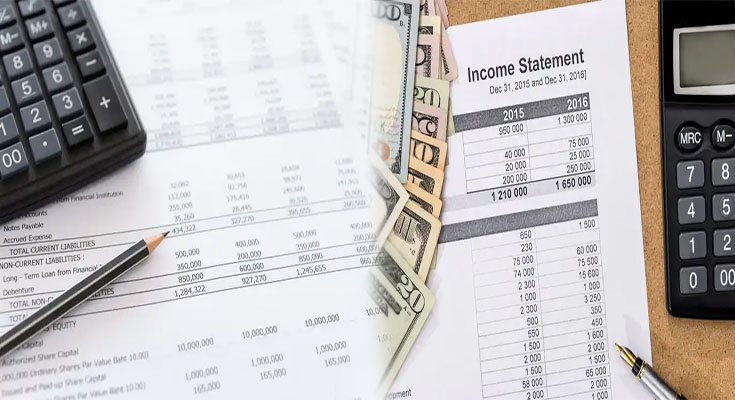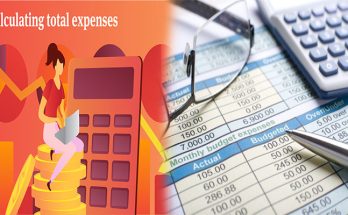Expenses are important to the income statement. These include interest expenses, depreciation of fixed assets, and costs of goods sold. Knowing how to calculate expenses can help you make your income statement more accurate.
Working capital per dollar of sales
Using the working capital per dollar of sales formula can help a business calculate the average expenses on an income statement. However, not all businesses have the same amount of working capital. For example, a furniture manufacturer sells finished products and collects payment in cash. But a retailer may generate 70% of its revenue in November and December and need to cover its expenses all year long.
The working capital per dollar of sales calculation is important to business owners because it helps them determine how much money they have available to cover operational expenses. A high number indicates that the business isn’t using its available cash effectively. And because cash is scarce, it’s important for businesses to use financial resources wisely.
The working capital per dollar of sales formula works by subtracting current liabilities from current assets. Current assets include accounts receivable, inventory, and cash. Current liabilities include bills due within 12 months.
Cost of goods sold
During an accounting period, you can measure the amount of money your business is making by tracking cost of goods sold (COGS). If you are unsure of the costs associated with your product, this is a great way to find out. Using COGS, you can see areas to raise prices, decrease costs, or cut back.
In general, COGS is the total costs you incur to make your products. This includes direct labor, materials, and overhead. It also includes any sales commissions paid to salespeople. This is a very important number to understand if you want to keep your business profitable. If the cost of goods sold is too high, then you will not be able to make a profit.
In general, COGS is calculated by comparing your beginning inventory balance and purchases from the beginning of the period to the end of the period. In addition, you can use the FIFO method, which considers the oldest inventory purchases that have been sold.
Interest expense
During the course of an accounting period, interest expense is incurred and recorded in a journal entry. Interest expense is typically the cost of borrowing money during a specified period of time. Interest expense can be calculated on an individual or aggregate basis.
Interest expense is calculated by dividing the balance of a debt by the interest rate. Typically, interest is paid monthly, quarterly, or annually. However, some credit agreements pay only interest quarterly.
When interest is paid, it will be added to the interest expense account. This account will remain unchanged until the interest payment is recorded as a journal entry.
However, some businesses have separate interest payable accounts.
Interest expenses include prepaid interest, mortgages, and other lines of credit. They can also include student loans and startup loans. These types of expenses do not include dividends on preferred stock.
Depreciation of fixed assets
Using depreciation methods, businesses can calculate how much value they have on their fixed assets. These assets can include vehicles, machinery, and buildings. In general, these assets are expected to last a year or more. They provide the company with long-term financial benefits.
Depreciation is a cost that is charged to the income statement for a particular period of time. Depreciation is often used by companies to avoid a large expense deduction on the income statement when they purchase an asset.
When calculating depreciation, the company needs to know the useful life of an asset. This is a figure that is estimated by accountants and describes the number of years an asset will last.
An example of a fixed asset would be a computer. If the computer was purchased for
$1,000, it would have a useful life of 10 years. The computer would then decrease in value every year.
Net income
Having a good understanding of how to calculate expenses on income statement can help you make good financial decisions. It can also help you plan your spending and save for the future. It can also help you identify ways to cut costs.
To calculate expenses on income statement, you will need to subtract your business expenses from your revenues. These expenses include: taxes, interest, depreciation, and other expenses. There are two types of expenses: variable costs and fixed costs.
The most common expense is interest. Other expenses include depreciation and amortization. Some companies prefer to deduct taxes from expenses.
The cost of goods sold (COGS) is an expense that is used to calculate the gross income. It is also a metric that helps companies determine profitability. The cost of goods sold is a measurement of direct costs that are related to the core operations of the business.





